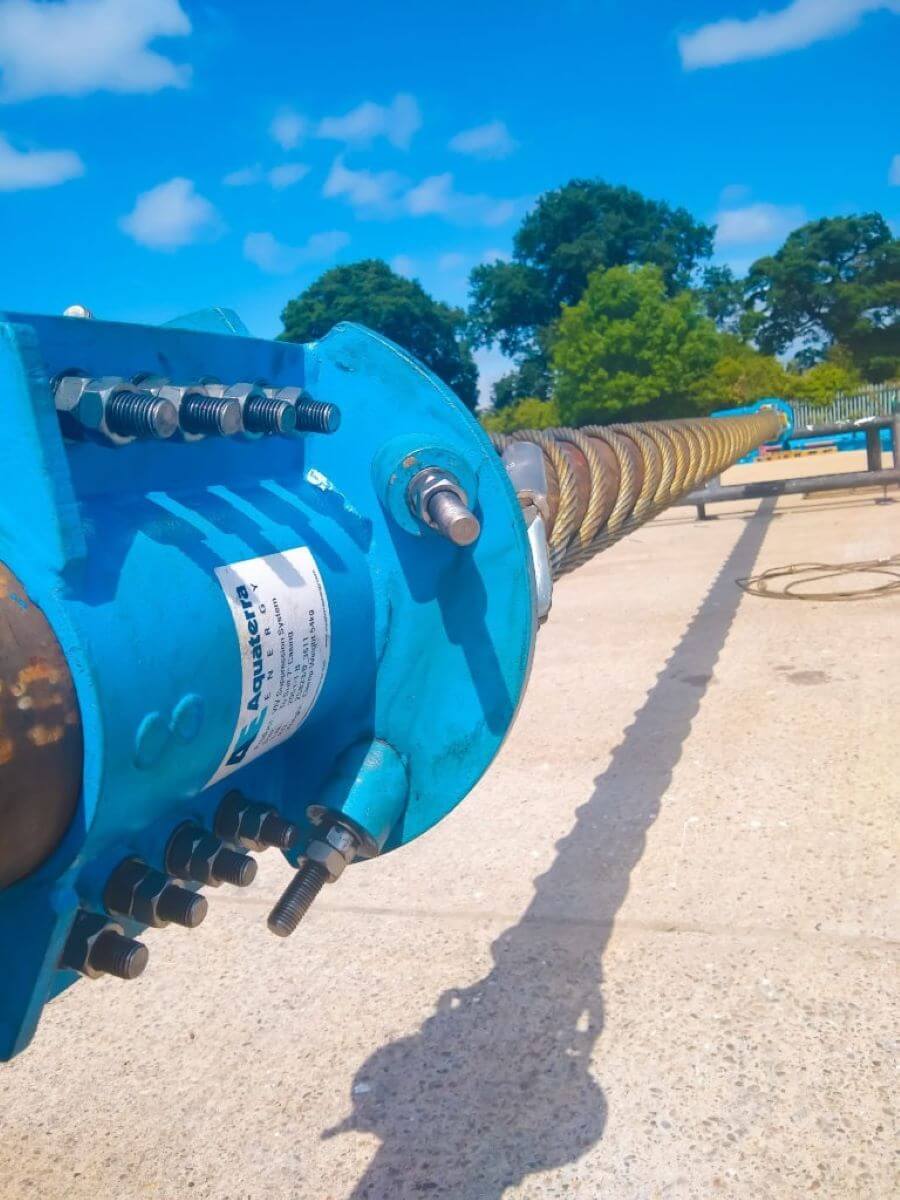COMBATTING VORTEX INDUCED VIBRATION: TO STRAKE OR NOT TO STRAKE
That is the question. Or at least it might be if you’ve just had a riser analysis report land in your inbox with no warning saying your subsea riser or conductor might be at risk of cross-flow vortex induced vibration (VIV). If that did happen, you clearly didn’t use Aquaterra Energy for your analysis.
We would have been in constant communication with you throughout the work, warning you at the earliest possible stage that VIV might be an issue and working with you then to fix it (it’s all part of our managed analysis approach). But you have a problem to deal with assuming the VIV can’t be designed out of the system. So let’s consider your options, do you:
1) Let it be?
2) Put strakes on it?
3) Put fairings on it?
Let’s explore these options, one by one:
Let it be
Have you considered just doing nothing? Does your report detail how often VIV is predicted to occur, or what consequences it may have for your subsea riser or conductor?
Your first thought might always be to eliminate the chance of VIV occurring, but it’s actually possible to learn more about what effects the VIV may have. Through the use of specialist software, Aquaterra Energy can tell you how often lock-on is predicted to occur, how much movement it would likely cause and how much load the vibration would put through your riser and equipment.
That detailed analysis may show that although the screening check predicted lock-on in a one year extreme current, this only corresponds to three hours in every year, and during that window the damage accrued is minimal. Suddenly, the thought of sourcing VIV suppression devices, testing them, installing them and running is no longer necessary and a significant saving has been made.
Strakes
If the VIV needs to be suppressed then strakes offer many operational benefits, they are reasonably cheap, they can be installed offline, and they can be run through the splash zone. That all sounds great, and they may be perfect for what you need to do – stop VIV. But they may have a detrimental effect upon the structural performance of your subsea riser.
Strakes have a high drag coefficient. This means a subsea riser or conductor with strakes on will see more force on it from environmental loading than one without. This pushes equipment closer to its allowable limits and can result in reduced operating windows, meaning more downtime waiting on the weather.
Fairings
The pros and cons of fairings are almost the opposite of those for strakes. From a structural perspective, they offer a lower drag coefficient, sometimes as good as bare pipe – resulting in a large operating window and cause less downtime waiting on the weather.
Operationally, fairings are more expensive, may require installation online, and they cannot be installed around the splash zone as they can’t withstand direct wave loading. However, fairings need less coverage in order to sufficiently damp out VIV response so they may not be required in the splash zone.
How can Aquaterra Energy help?
If you have a VIV lock-on issue, it’s not the end of the world. We have extensive expertise to be able to offer comprehensive services and equipment to combat it, we can:
- Undertake detailed analysis into the effect of VIV on your system, providing recommendations on whether VIV suppression can be used or if the effects of VIV will be minimal.
- Perform analysis to optimise the placement of strakes or fairings in order to provide sufficient VIV suppression at the lowest cost.
- Supply specially designed strakes that have a lower drag profile than standard strakes or helical wire ropes.
So, the question becomes not “to strake or not to strake?” but instead “To strake, to fairing or let it be?” All I know is at Aquaterra Energy, we are well placed to help you find the right answer.
Need help with combatting vortex induced vibration? Read more here.
